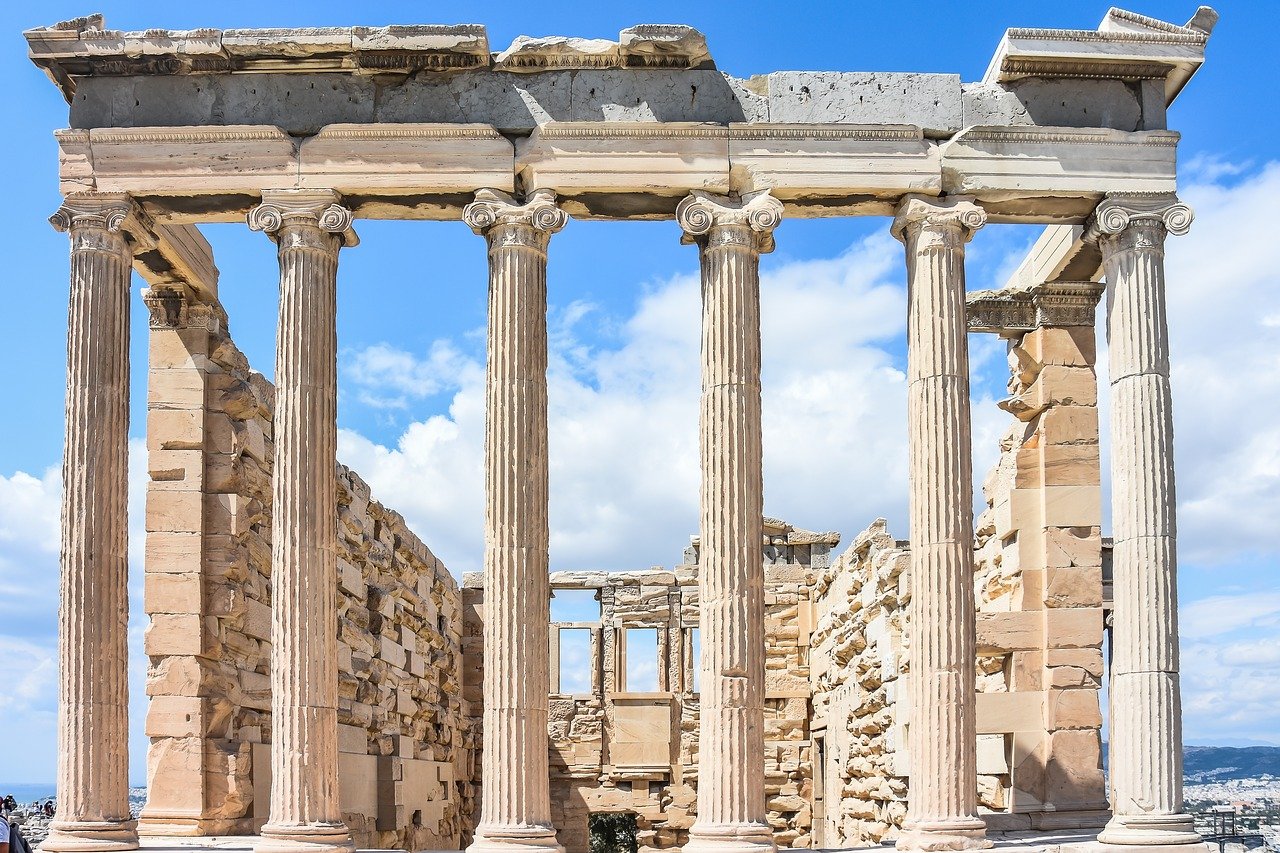Demolition vs Restoration
The increase in the proportion of people living in the City (Urban areas) means a lack of accommodation. To cater for this demand and to create space for business to develop, old buildings are being demolish, to make way for new buildings.
Historic vs Old
Let’s make a distinction between an historic building and an “old” building. Or should we say a “listed” building and an “old” building.
A listed building is one that has been deemed worthy of preservation by a committee, acting on the wishes (application) of a group or person. I totally get that history is a touchy subject – depending on whether you are on the side of Churchill or Hitler, the Slave or the Slaver, the Viking or the Roman – and we all need something to remember what was historically significant to us.
History is written by the victors and, on the same vein, historical monuments are kept or destroyed by the victors.
Who decides when a building is historically significant and when do they become insignificant?
I’ve seen buildings (if you could call them that) which are being held up by two matches and a swizzle stick; those buildings which are only inhabited by multiple spiders and rats; those houses which made their previous inhabitants succumb to various lung diseases from inhaling asbestos flakes.
Why should we keep these rubbish tips intact when the only historic significance was that an 18th century housemaid to the Prime Minister once lived there?
Disadvantages of demolition
Restoring an old property, whether historically significant or not, is usually preferable to demolishing it and rebuilding. A restored property can benefit the community – using them as museums and wedding venues, for instance.
Who wants another skyscraper in a town of skyscrapers, just so that we can house another couple of thousand people? Bulldozing that beautiful house (or even a block of houses) with its shutters and fancy doorknobs and butlers pantries and decorative ceilings and gables, is a travesty.
Some of them have unique architectural style; they have character – and big rooms. I can imagine living in a house where the living spaces are bigger than a matchbox. Change a couple of light switches and exchange the wood stove for an electric stove, and there you have a home. And when it comes to hanging those prize pictures of your child eating mud, you might be able to hammer a nail in the wall, without destroying it, because those walls were constructed from brick rather than from balsa wood.
Let’s just say that I have a suitcase which is bigger than some of our modern (boxes) buildings.
Advantages of demolition
Your definition of aesthetically pleasing could bring on a bout of projectile vomiting for me.
Perhaps I should admit that I like a bit of minimalism. I like a banister that can be cleaned and sanitised to meet the public health standards, rather than wood that absorbs two bottles of oil or polish before it starts to look reasonably good.
I like clean lines and glass and modern plumbing and heating, tiles instead of floorboards, fake fire rather than stinky coal and wood burners, and showers rather than baths.
Do the advantages outweigh the disadvantages?
Older houses are expensive to maintain and it is better to replace damaged ones with cheaper modern alternatives. However, try to choose with your heart instead of your pocket when deciding on the best option.
It is important to preserve the history and architecture of older buildings, but let’s balance the practical with the historical.





